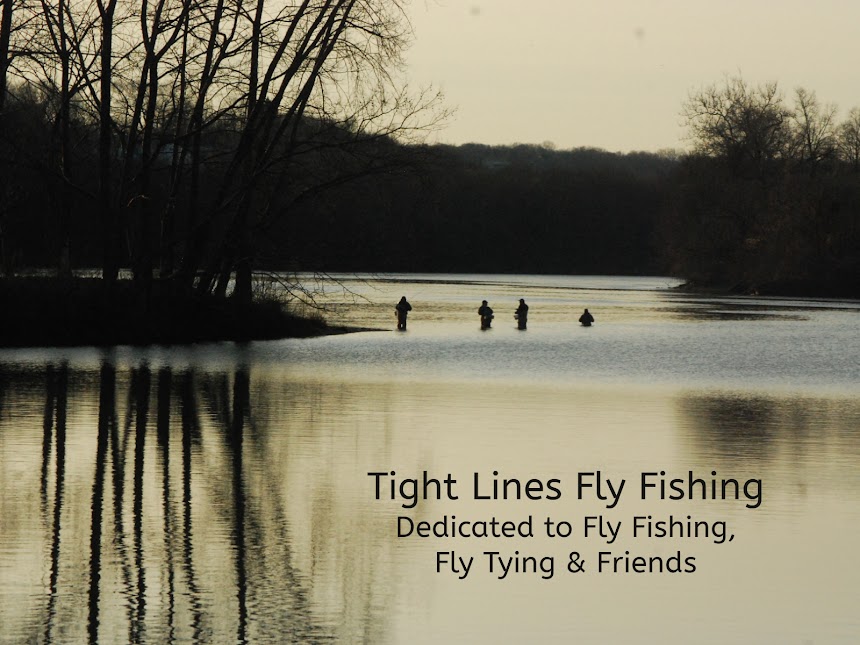Half & Half
Hook: Mustad 34007 #1/0 hook.
Thread: Danville’s White Flat Waxed Thread.
Eyes: ‘Real Eyes’ Dumbbells (or dumbbell eyes of
choice).
Tail: Four White Saddle Hackles tied in deceiver style, curve to curve facing ‘in’.
Body: Pearl Bill’s Body Braid.
Under Wing/Belly: White Bucktail.
Gill (optional): Red Thread.
Flash/Lateral line: 4 Strands of Pearl Krystal Flash & 4 Strands of Pearl Flash-a-bou.
Wing: Olive or Chartreuse Bucktail tied in to
match the White Bucktail Belly.
If you’re a Salt Water Fly Fisherman, hunting for stripers here in New England, this is a must fly in your box. It’s a cross between two of the best salt water flies out there, Lefty’s Deceiver and the Clouser Minnow. You can vary the colors, the size, and the profile of the fly to match almost any baitfish. I tie these in Olive and Chartreuse. A tip on tying this fly – the quality of the Bucktail and Saddle Hackle are very important.
To tie this fly, begin by wrapping a layer of thread along the hook shank. Approximately 1 Dumbbell length behind the hook shank, create two thread bumps between which your going to place your Dumbbell Eyes. Figure 8 around the eyes. Include wraps in front & in back of them. Apply head cement or UV Resin to your wraps. Next, prepare 4 White Saddle Hackle to be tied in for your tail. They will extend approximately 2 times the length of the hook shank beyond the bend. (You can make them longer or shorter depending upon the bait your trying to imitate.) Align and tie in two feathers ‘facing in’ on the far side of the hook, then two feathers ‘facing in’ on the other side. You may want to add some UV Resin or head cement to your tie in point to prevent the feathers from moving. Next, tie in a strand of Bill’s Body Braid. Bring your thread up the hook shank in front of the eyes. Wrap the Braid forward creating a nice even body. When you reach the eyes figure 8 the braid around them and tie it off in front of the eyes. Trim the tag end and bring your thread back behind the eyes. You are now going to tie in the White Belly of Bucktail. It should extend to half the feather length behind the bend of the hook. I tie in my Bucktail much differently than other tiers. Most tie it in front of the eyes, bend it over the dumbbell eyes, then bind it down behind them. I just tie it in behind the eyes and bind it down there. I find that when you bend the bucktail around the eye it tends to splinter with use. The durability of the fly is compromised.
Next, invert your fly in the vice. Take 4 strands of Pearl Krystal Flash and tie it in front of the eyes. This will serve as your lateral line. It should extend to half the length of the feather tail. Now take 4 strands of Pearl Flash-a-bou and tie it in the same way.
Now tie in your wing of Chartreuse Bucktail. It should extend the same distance as your fly belly. Whip finish the fly and apply head cement or favorite adhesive.
Long Island Flies has a great video on how to tie this fly below:
If you have any questions about this fly or would like to submit a Fly
of the Month I can be reached at 203 305-3850 or at pdinice@frontier.com .








